I recently came across a question in an herbal forum where someone wanted to know how echinacea versus elderberry compared action-wise for their use during cold and flu season, including which herb should be used for prevention and how much of each herb should be used.
I shared my thoughts with them, but I also wanted to come here and share with you — because, well, you’re my people, and I want you to have this information too.
Okay, here’s my disclaimer. I’m not sure it’s needed, but here it is anyway. Like all health information on my site, please keep in mind that this is my personal opinion which is the result of my own research. Other herbalists may think differently than me on this topic, and that’s okay. No one agrees on everything, and ultimately, it’s up to you to do your own digging and come up with your own conclusion.
Echinacea Versus Elderberry for Infections
Echinacea (Echinacea spp.)
Echinacea mainly works to increase phagocytosis (Buhner, 2012). Basically, the phytochemicals in echinacea stimulate the immune system to make more white blood cells (macrophages) which engulf and kill bacteria, dead viruses, and dead cells in our bodies. Echinacea also has some anti-enzymatic activity against some bacteria, preventing them from infecting more cells. It’s not thought to have much action against viruses themselves, but it does help the clean the body of dead viruses. Also, according to herbalist Steven Harrod Buhner, echinacea may have some astringent action in the tissues it touches, decreasing a virus’s ability to infect cells (Buhner, 2012).
If you’d like more specific information on how echinacea works in the body and how to properly use it during cold and flu season, check out my mini-course: How To Use Echinacea Correctly During Cold & Flu Season. It’s short and sweet. It won’t cost you a lot of money. It comes in video and text format. It also gives you practical information that you can put to use right away.
Also, if you’re interested in learning how to use echinacea for active skin infections or infected wounds, check out this DIY recipe for echinacea paste.
Elderberry (Sambucus nigra)
Elderberry, on the other hand, doesn’t do much for bacterial infections, but it does work well for viral infections like the common cold virus and the influenza virus. This is because elderberry phytochemicals are thought to inhibit viral replication within cells. This helps you to not get as sick seeing how the virus is less able to spread, and it can also help you get over an illness quicker since the fewer viruses you have in your body, the faster your immune system can destroy them (Buhner, 2013).
How I Use Echinacea Versus Elderberry During Cold & Flu Season
When it comes to using these herbs during cold and flu season, specifically echinacea versus elderberry, I do so in two different ways. The first way I use these herbs is as a preventative, and the second way is when an active infection is present.
As a preventative, I take a dose of Fire Cider (DIY or buy) each day throughout cold and flu season. If I’ve heard of viral illnesses going around locally, I add in daily doses of elderberry syrup (with a bit of echinacea root added to my recipe) to further support immune function before I get sick.
For active infections, as soon as symptoms show up, I increase the frequency of elderberry syrup, and I add in separate doses of echinacea tincture in an effort to provide my body with what it needs to slow or stop whatever I’ve been infected with. If I have some sort of bacterial infection, I skip the elderberry completely and just go with echinacea tincture and/or echinacea paste.
Other Tips for Prevention During Cold & Flu Season
Hygiene
- Wash yo hands!! Glitter germs are a great way to teach kids about proper hand washing.
- Clean objects you touch in public places before touching them if sanitizer wipes are available. If not, wash your hands or use some hand sanitizer (natural versions here) afterward.
- Don’t touch your face! Viruses enter the body thru the mucous membranes, so do your best to keep your hands away from your eyes, nose, and mouth.
Eat Healthy Foods
- Eat real food.
- Take healthy supplements, including those specific to cold and flu season.
- Cut out the sugar as it can suppress your immune system for hours after consuming it.
Lifestyle Tips
- Get plenty of fresh air. Step outside in the sun and breath in the good clean air, even if it’s cold out.
- Get sufficient amounts of sleep each night.
- Stay warm!
- Exercise.
- Invest in self-care and creative pursuits.
- Reduce your stress as stress can inhibit the immune system.
Okay, so that’s how I use both of these herbs during cold and flu season. You can find dosage information for each of the herbal recipes via the links above.
I hope this is helpful to you in some way. If you have questions or comments, feel free to leave them in the comment section below or email me, and I’ll do my best to get back to you!
REFERENCES:
- Buhner, S. (2012). Herbal antibiotics. North Adams, MA: Storey Publishing.
- Buhner, S. (2013). Herbal antivirals. North Adams, MA: Storey Publishing.
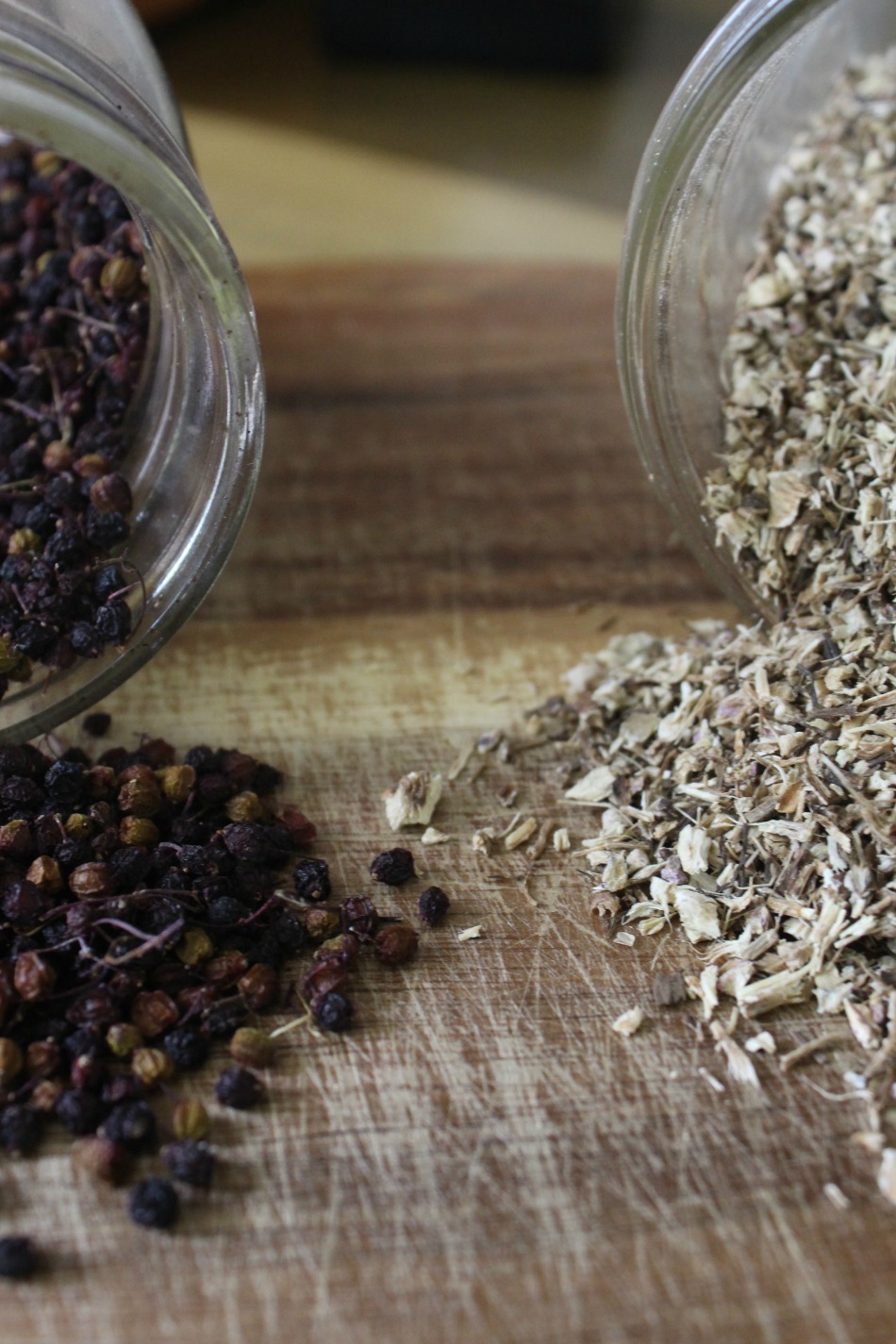
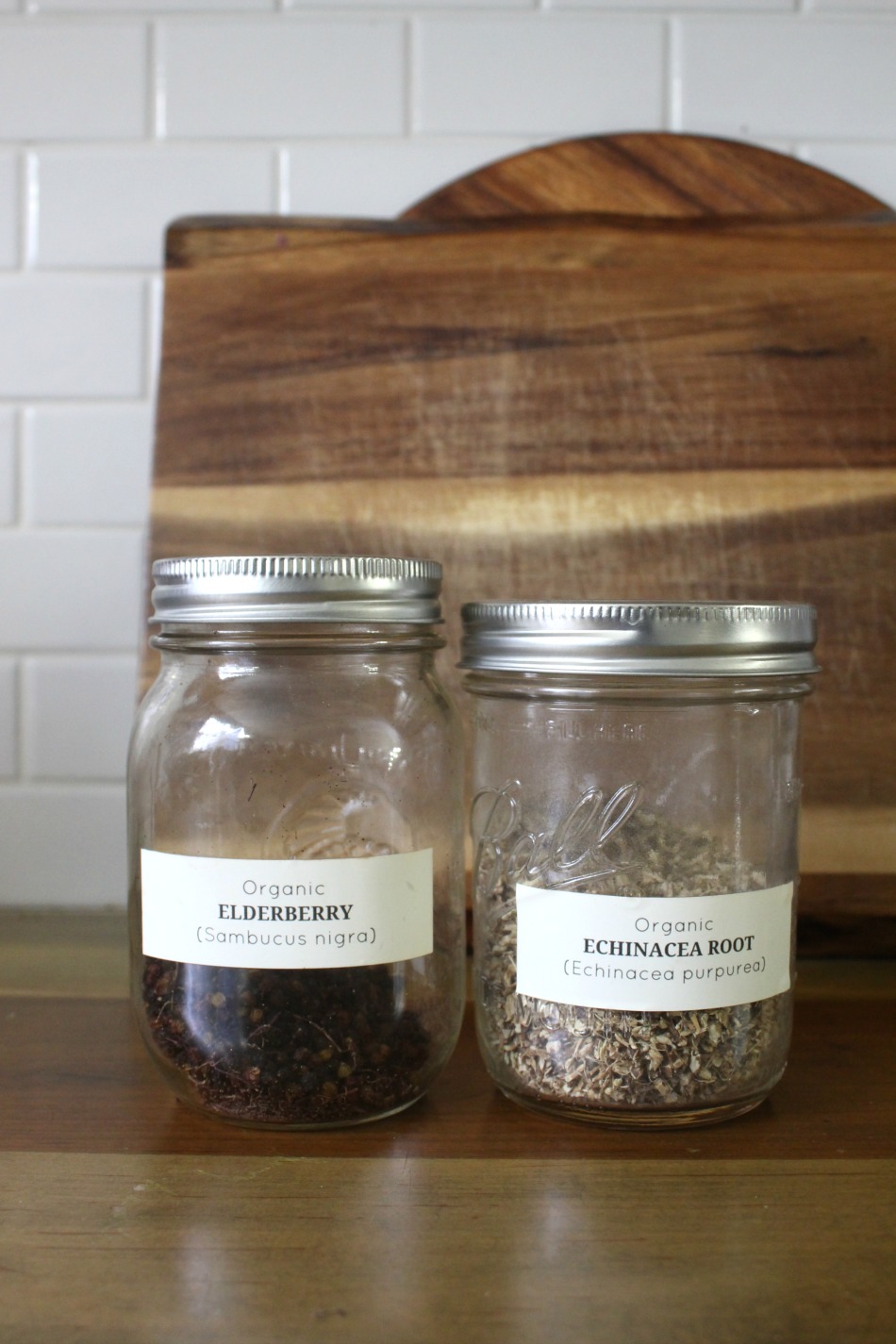
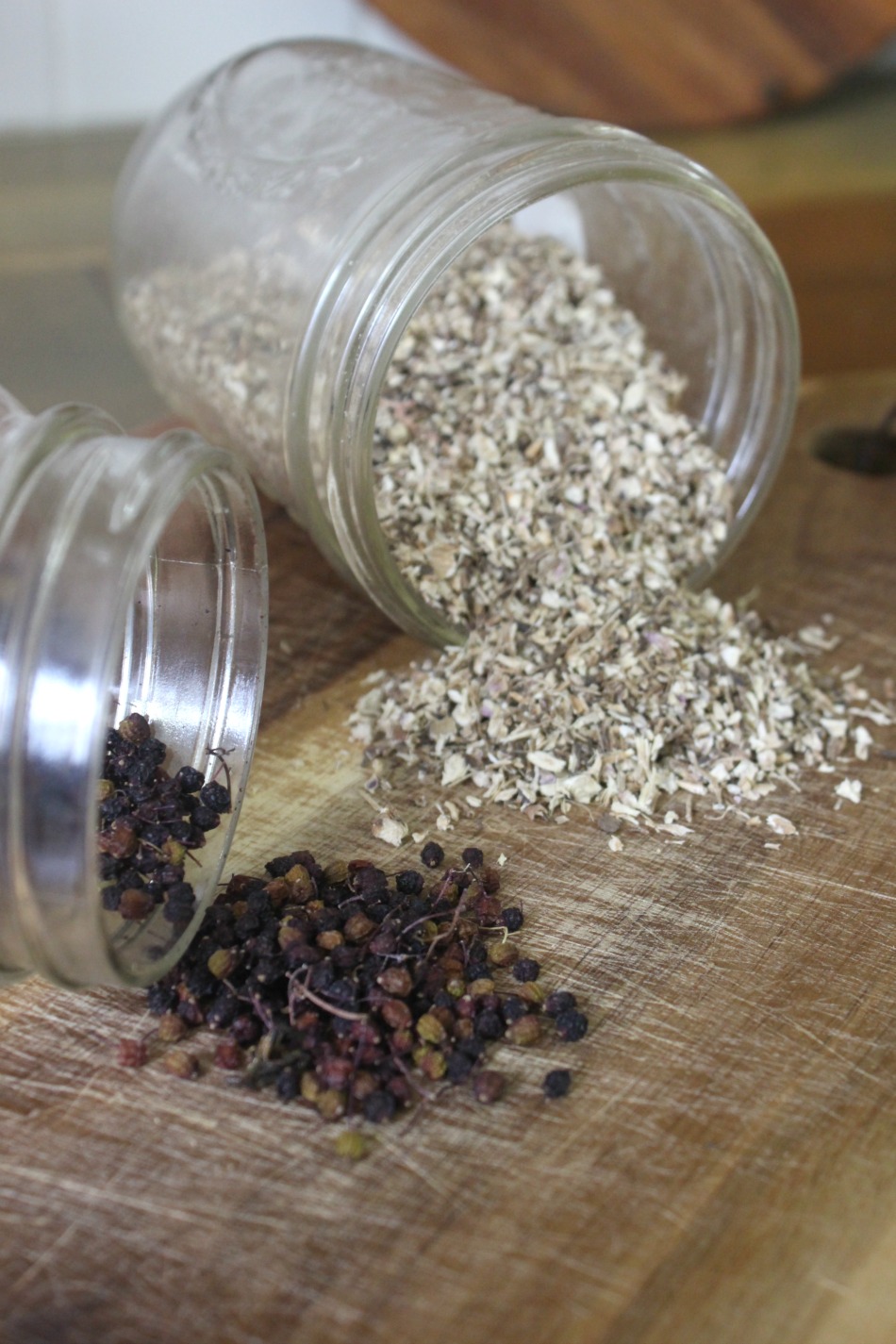
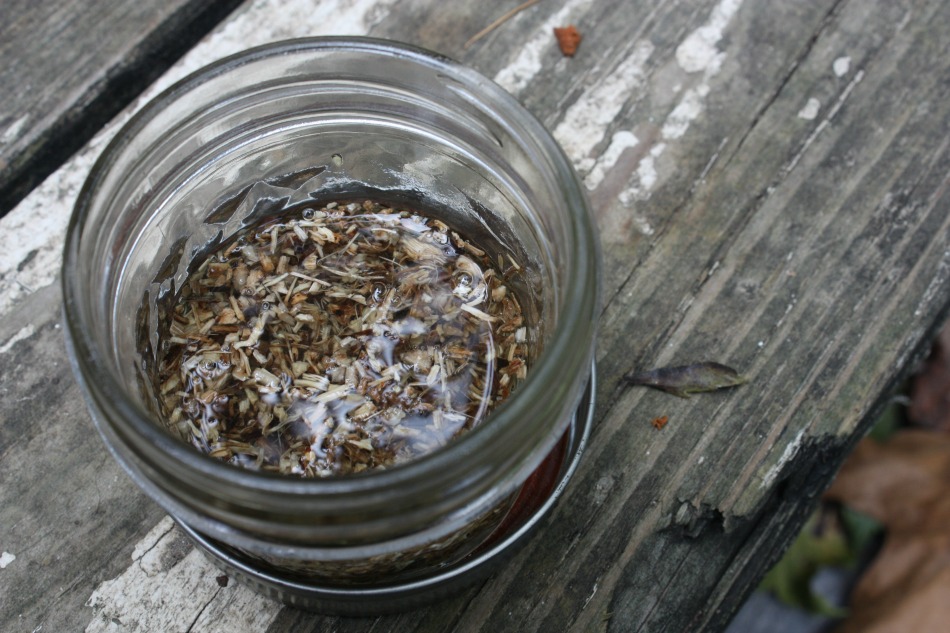
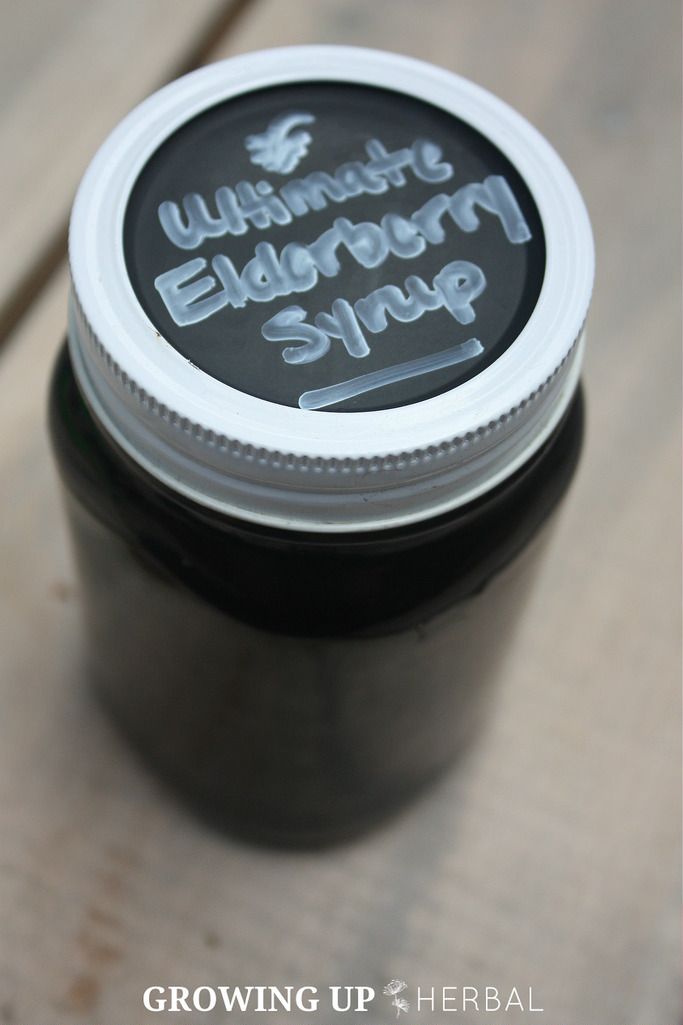
Hi,
I noticed that one of your tips was to keep warm. Sometimes, my son, would go outdoors in the winter with no hat or wet hair and I would remind him to cover so that he wouldn’t get sick, but he replied that getting wet or chilled does not increase one’s chance of getting sick. Is there scientific or medical proof for bundling up?
I’m not sure there’s scientific or medical proof that bundling up helps prevent getting sick, but it seems that may help to discourage it from happening. I say that only because viruses tend to thrive in cold environments, and they dislike heat. Once a virus is inside the body, the immune system is activated, and one of the first things it does is to heat up the body (aka… fever). This helps the white blood cells to be more active, and it makes the body an inhospitable place for the virus to live. So, bundling up is a good idea in that it keeps your body warmer, but I’m not sure that it can be attributed to preventing sickness all on its own.
Hi Meagan,
The information is very good. Thank you.
As a fellow herbalist, I use foods and herbs (and yes, herbs are also foods!) for what ails our family.
Around 12 or so years ago, I found on the web that using 1 Tablespoon (Tbls) of raw honey with 1/4 teaspoon (tsp) of
ground cinnamon would wipe out most colds. I cannot stand honey (never have) and so I only use 1 tsp of raw honey with 1/4 tsp of cinnamon. I’ve had exactly 3 colds in 12 years that this combo would not wipe out- very strong viruses.
Usually, I will wake up and have the sniffles. I know this is the beginning of cold, and so I immediately take the honey/cinnamon combo. I’m a purist, so I just fill a tsp with honey, take it down and then follow it with cinnamon with some water. Not everyone can do this, but it is how I do it. Within 3-5 hours the sniffles are gone, I no longer need to use tissues to blow or wipe my nose, and all is good. Occasionally, I may have to repeat the honey/cinnamon again that night and perhaps twice again the next day. Very rare that I have to, but I have had to. In each case, the cold goes away.
This is my very first line of defense as it works better than anything else I have tried. Honey and cinnamon are both anti-viral. Colds are viruses. Even my grandkids will come to me and ask for this combo if they are getting a cold or a cough as they know it works. I combine the honey and cinnamon in a small bowl and then they use a tsp and take it up, swallowing each bite, often followed by water as the cinnamon can be ‘hot’ for smaller children.
This combo can also be stirred into warm, not hot tea (the heat will kill the enzymes and good components), or spread on toast or bagels. Stirred into warm, not hot oats. There are many creative ways one can find to get this down for children or adults who really cannot or do not want to take it off of a spoon.
On another blog that I follow, the blogger talked about all 3 of her kids had colds and she couldn’t get rid of them. I wrote and told her of this combo and she mixed some honey and cinnamon up in a bowl and had her kids take some. She was amazed that within a few hours the children were getting better and that soon the colds were all gone. She now pushes this on her blog and uses it all the time with her family and she is very happy with the outcome.
You (and anyone else) can google this combo for colds and you will find many people use this. It is always my first line of defense in all things cold-related or when I feel ill. A few days ago, I woke up and had difficulty talking as I had something in my throat. My voice felt strained when I spoke. I took some honey and cinnamon and also some mullein capsules as this usually goes from my throat to my chest. I took honey and cinnamon twice per day for two days, followed by capsules of mullein taken 3 times per day for two days. On the third day, I was all clear, could talk normally again, and no symptoms of anything. Yay!
Hope this is helpful for you and your readers!
I love this! Thanks for taking the time to share with us! Well definitely give it a try the next time a cold comes our way.
Thanks a lot for sharing, Meagan!
These two are a powerful flu-fighting combo.
By the way, I’m glad you addressed the importance of nutrition & lifestyle, too. Herbs are amazing but they should be used as a ‘cherry on top’ of holistic health.
When it comes to fighting flu and other infections naturally, garlic, ginger, and sage are among my favorite tools. 🙂
Cheers and keep it up!
5
Thanks for braking this down for us! I’ve always wondered which worked best for what, as well. Glad I have both on hand for when necessary. 🙂
What are your thought on this product? I’ve heard good review but wanted to know what you though… Thanks!
https://www.lvscripts.com/product-page/elderberry-with-echinacea
While elderberry and echinacea are commonly used together and make a great combo, I can’t speak for this product. The sales page isn’t very convincing to me as it provides no ingredient list, it doesn’t list the species of the herbs, and it doesn’t tell me anything about where they source their herbs or how they make their product. All of that matters. Not to mention, a good manufacturer will be upfront and open about what’s included in their product and how they make it.
Great article. There ARE so many ways herbalists use plant allies to support us.
Echinacea and Elder.. Super helpful allies for cold n’ flu issues.. along with other supportive ‘players’.
Yes.. lifestyle choices and food/supplement intake all contribute.
Here’s to our health!
1